Saphenion®: Berlin a center for vascular surgery – the beginning
Saphenion®: Berlin a center for vascular surgery – The beginning: The development of vascular surgery on a scientific basis only began in the last third of the 19th. century. It is true that the Greeks, Romans, and Arabia as well as at the time of the European Renaissance carried out experiments on the „blood-carrying tubes of the human being“ and described some therapeutic procedures for hemostasis and removal of dilated veins. But the basic conditions for working on vessels – anesthesia and asepsis – were missing.
Berlin surgeons made a major contribution to the formation and development of vascular surgery – particularly to the treatment of varicose veins. At the beginning of the 20th century, the city of Berlin began to develop into a center for the new field of „vascular surgery“. The prerequisites were now in place. Johann Friedrich Dieffenbach, Professor of Surgery at the Berlin Charité from 1829, introduced ether anesthesia in 1847, and the Hungarian Ignaz Semmelweis paved the way for antisepsis.
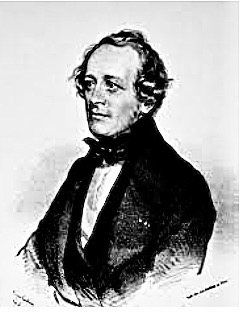
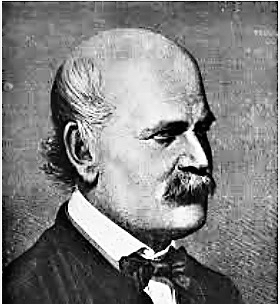
Saphenion®: Berlin a center for vascular surgery – the treatment of varicose veins
A very important role, if not the basis of all science in vein surgery, was first published in 1890. The explanation of the pathology and pathophysiology of varicose veins was published by Friedrich Trendelenburg, a Berlin surgeon who also worked in Rostock, Bonn, and Leipzig. In his work “About the ligation of the vena saphena magna in lower leg varices”, Trendelenburg described defective venous valves in the skin veins and connecting veins as the most important disease mechanism.
Therefore, the full hydrostatic pressure of the blood column in the deep veins – the vena iliaca (pelvic vein) and the vena cava (lower abdominal vein) – weighs on the wall of these two veins up to the right heart. This is why varicose veins (varicose veins) that have been emptied by elevation fill up again suddenly and retrogradely, i.e. from above when the leg is lowered: “A large number of blood shoots from above into the vena saphena magna and parva and bulging veins appear Varicose veins on the leg.
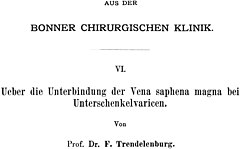

Therefore, wrote Trendelenburg, „the idea of preventing the blood from flowing back from the pelvic and deep thigh veins through the skin veins into the varicose veins by surgical means by permanent closure of the vena saphena manga (GSV) or vena saphena parva (SSV) at one point and at the same time the To free the veins of the lower leg and foot from the abnormal pressure that weighs on them. Such a permanent closure can be achieved easily and without danger by double ligature and division of the saphenous vein between the ligatures, and having used this operation since 1880 in a large number of cases with the best results, I can use it for all cases of lower leg varices with simultaneous enlargement of the saphena.” – The pathophysiologically oriented surgical technique was born.
Saphenion®: Berlin a center for vascular surgery – radical removal of varicose veins from the outside.
Anyone who deals with varicose vein therapy in practice must know that by no means every dilated vein is a varicose vein, but only the one in which the reverse, the perverse cycle prevails… In every fully developed varicose vein, we have it with an upright posture (standing, sitting) with a private circulation of the varicose vein, in which the pelvic and femoral vein falls from above into the saphenous vein and then below, at the ankle, into the deep vein again. However, this blood did not pass through the lungs, so it returns poisoned, without an oxygen…“ – This tenet of Kurt Holzapfel dates back to 1931 – and it very accurately describes the rules of therapy that are still valid today.
Max Schede, from 1875 to 1880 surgical director at the municipal hospital in Friedrichshain Berlin, described his 1877 stitch surgery of varicose veins. He punctured the varicose vein every 2 cm and hoped for an infection, which would then lead to the varicose vein occluding.
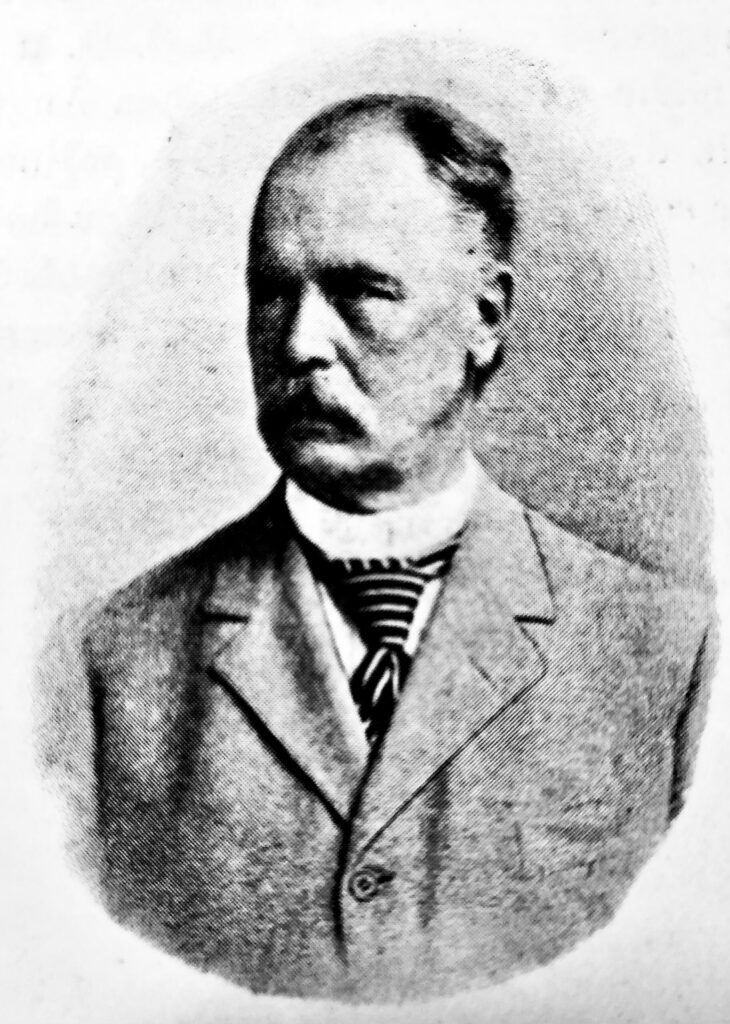
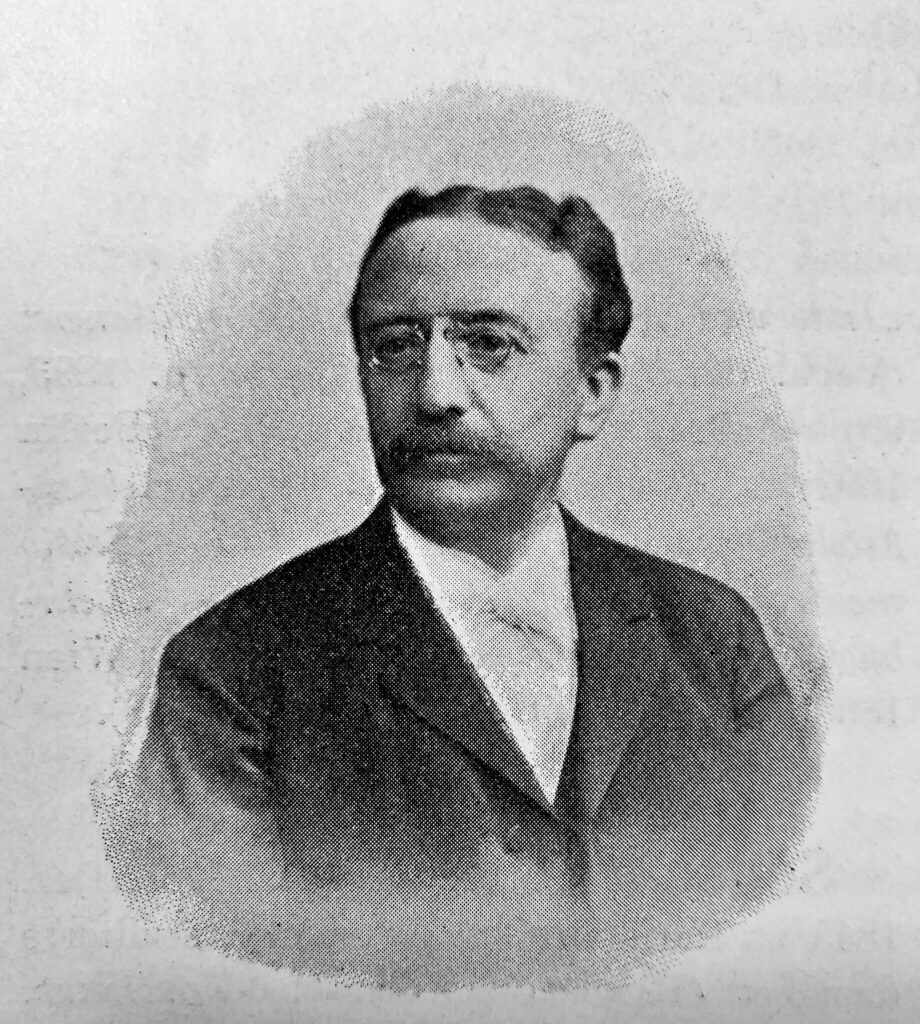
Friedrich Trendelenburg, who had been working at the Charitè in Berlin again since 1911, was the first to describe in his varicose vein operation the necessity of also tying off and severing the trunk vein. He was thus the forerunner of the „Stripping“ – Op. Albert Köhler, also a professor at the Charité Berlin, presented a patient with several open leg ulcers in 1898. He used Trendelenburg’s surgical technique and removed a truncal varicose vein (vena saphena). After 4 months the patient could be discharged with healed legs.
Ernst Unger, who also worked at the Charité for many years and was active at the Virchow Clinic from 1919, set up Berlin’s first private clinic in 1911/1912. He also called for therapy for varicose veins in younger patients and in the early stages of the disease. All varicose veins should be resected and the saphenous vein should be totally removed.
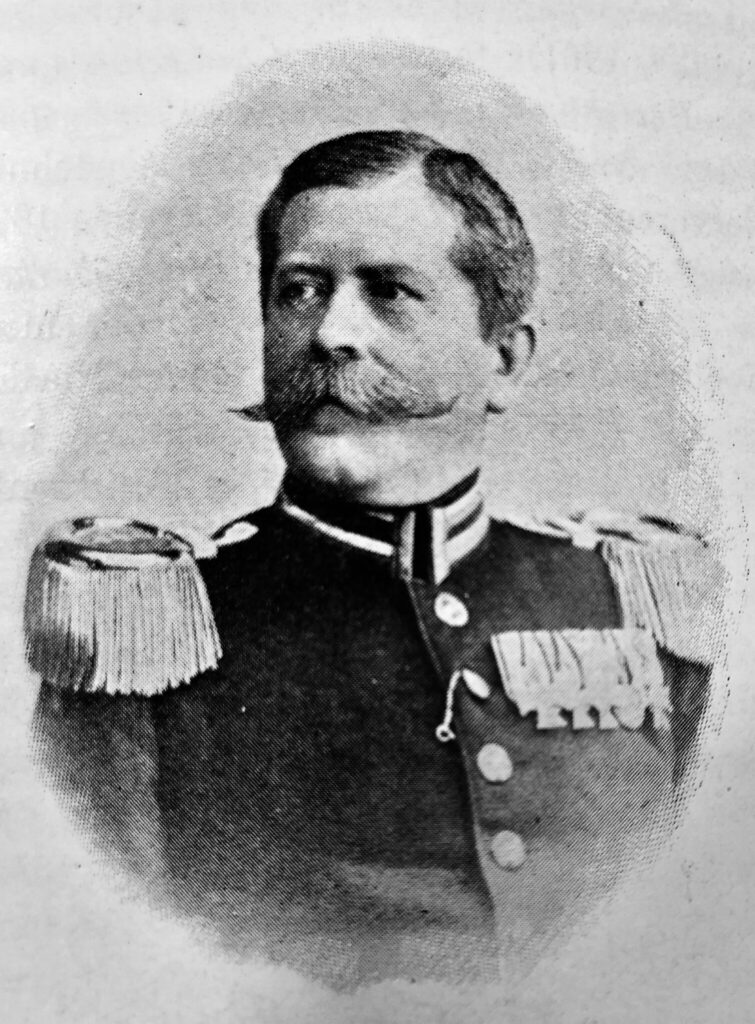
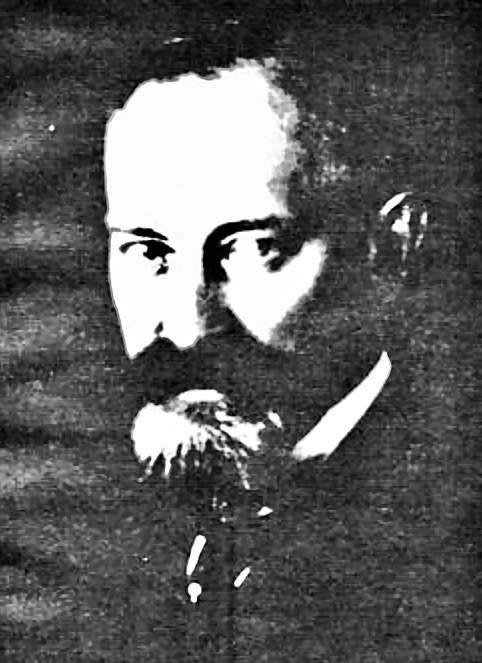
Felix G. Meyer from the Auguste-Victoria-Hospital was also able to report in 1924 on numerous patients in whom he was able to achieve healing by first removing the saphenous vein and then also cutting out the side branch varicose veins. He used the already mentioned „stripping“ operation according to Babcock and then resected the varicose veins separately using numerous skin incisions.
The work of Rudolf Klapp was also of great importance. Klapp habilitated at the University of Greifswald in 1905, then moved to the Charitè Berlin via Bonn in 1907. He became head of the surgical polyclinic at the Charitè. In 1922, Klapp introduced his own modified surgical method into clinical practice. First, in a classic way, he removed the saphenous vein at the respective confluence with the thigh or knee vein by ligature and resection and then used a specially developed special knife (Klapp’sches Saphenotom) to split the veins on the previously marked varicose veins. We used this method until 2012.
Moritz Katzenstein, who first worked at the Jewish Hospital in Berlin and then from 1918 director of the hospital in Friedrichshain, suggested as early as 1911 that the upper section of the vena saphena magna (GSV) be surrounded by part of the thigh muscle. His idea was to use this measure to improve the lack of muscle mantle of the vena saphena magna (GSV) and the associated lack of pumping function in the vein with subsequent backflow of the dirty blood to the periphery. More than 100 years ago, he developed a technique that is now used in numerous plastic surgeries on the saphenous vein – e.g. the prosthetic sheathing of the vein in the groin.
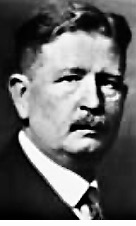
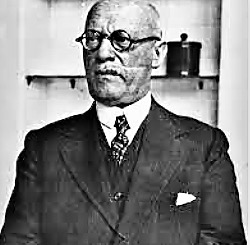
Saphenion®: Berlin a center for vascular surgery – close varicose veins from the inside…
In addition to the operative – radical – methods, the injection therapy (sclerosing) of varicose veins became increasingly interesting for surgeons in 1916, especially since it was also possible to use it on an outpatient basis. The originator of sclerosing therapy in Germany was Paul Linser from Tübingen. From 1911 he carried out saline sclerotherapy, in 1916 he published his results. In the 1920s he came to Berlin. Linser is generally regarded as the founder of vein medicine (phlebology).
Carljosef Baur, a resident gynecologist in Berlin Charlottenburg, also very often used the sclerotherapy technique on an outpatient basis. He also showed the changes in the vein walls after sclerotherapy during tissue examinations and to prove an occlusion. The already mentioned Felix G. Meyer from the Auguste-Viktoria-Hospital combined his stitches and varicose vein resections with sclerotherapy of peripheral vein sections and was able to report some successfully combined treatments as early as 1924.
The Wilmersdorf surgeon W.K.Fränkel also confirmed the good results of the sclerosing therapy; no embolisms or other incidents occurred among his more than 1,500 patients. And he left the ligation of the great saphenous vein in the groin that had been performed up to that point. In his opinion, this was a risk of thrombosis. He meanwhile also recommended the use of 66% sucrose solution for sclerotherapy.
Ernst Wreszynski reported in 1929 that the use of a 20% sodium chloride solution or a 66% dextrose solution had generally become the means of choice for sclerosing therapy.
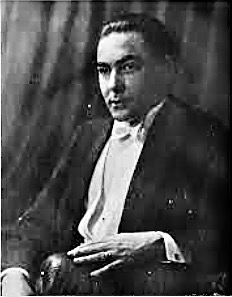
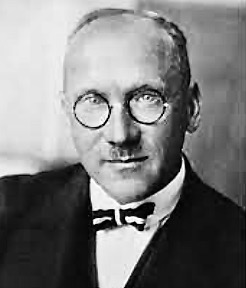
Injection – / sclerosing therapy was also used at the Charité surgical clinic in 1927. The scientific investigations were led by W. Bierendempfel, the Senior Physician at the Surgical Clinic. In this context, Ferdinand Sauerbruch, who had moved from Munich to Berlin, came into direct contact with the new injection therapy in 1928, although he had already contacted Paul Linser in 1915.
Sauerbruch found this new technique so exciting and logical that in 1930 after Bierendempfel had presented his successful 3-year long-term results, he made this technique mandatory as the first choice in the Charitè surgical clinic and completely banned classic radical surgery from everyday clinical practice. By 1933, another 10 university clinics followed this step.
Saphenion®: Berlin a center for vascular surgery – our summary
On the basis of the literature read and our short text, it is easy to conclude that Berlin and the surgeons working in Berlin played a significant role in the rapid development of vascular surgery at the end of the 19th and beginning of the 20th century. This applies in particular to the treatment of varicose veins. Vascular surgical techniques were described and special instruments were developed.
Many Berlin surgeons were also looking for an optimal therapy for varicose veins, such as Schede, Trendelenburg Katzenstein, and Klapp. The introduction of sclerotherapy by Linser also inspired many colleagues at this time to further develop this gentle, non-radical therapy. Baur, Meyaer, Fränkel, Wreczynski, Unger, Baur, Herzberg, Bierendempfel and also Sauerbruch should be mentioned here.
Berlin was a center for vascular surgery until the beginning of the Second World War. After the war was lost, further work then began again in the late 1940s and early 1950s. Here the surgical clinic of the Charitè deserves special attention!

Photos: Utzius
Papers / Links:
Brungräber, Simone: „Der Beitrag Berliner Chirurgen zur Entwicklung der deutschen und europäischen Gefäßchirurgie bis 1939“- Dissertation A, vorgelegt der Medizinischen Fakultät der Humboldt Universität zu Berlin; 1/1995; Betreuer Prof. Dr. Klaus Bürger, Dr. Ulf Th.Zierau
Baur, Carl Josef: Berliner Medizinische Gesellschaft; 23.1.1935; Dtsch. Med. Wschr. 61; (1935); S. 403;
Baur, C. J.: Krampfaderverödung bei Ulcus cruris. Dtsch Med. Wschr.: 60 ( 1934); S. 761.
Baur, C.J.: Krampfaderverödung: Ihre Bedeutung für Wehrmacht und Krankenkassen. Münchner Med. Wschr. 88 (1941); S. 89 – 92.
Bier, Braun, Kümmell: Chirurgische Operationslehre, 7. Auflage, J.A. Barth, Leipzig, 1958
Bierendempfel: Über die Bedeutung des Injektionsverfahrens bei der Varizenbehandlung mit Berücksichtigung des “ Varicophtins“; Dtsch.. Med. Wschr.: 53; (1927) S. 446 – 448.
Hach, W. et al.: VenenChirurgie; Schattauer Verlag Stuttgart, 2006.
Hardinghaus, C.: Ferdinand Sauerbruch und die Charitè – Operationen gegen Hitler; Europa Verlage GmbH, München; 2021.
Leriche, Renè: Chirurgie des Schmerzes; J.A.Barth, Leipzig, 1958:
Linser, P.: Krampfaderverödungen; Zbl. Gyn. 1931; Nr. 17.
Meyer-Steinegg, Th. und Sudhoff, Karl: Geschichte der Medizin im Überblick mit Abbildungen; Verlag von Gustav Fischer, Jena 1928.
Meyer, F. G.: Über Varizenbehandlung mit den Linser`schen Sublimatinjektionen; Dtsch. Med. Wschr. 50 (1924 ); S. 1832 f.
Salomon,A.: Injektionsbehandlung der Krampfadern. Dtsch. Med.. Wschr. 54; 1928; S14-19
Weber,J. und May, R.: Funktionelle Phlebologie; G. Thieme Verlag Stuttgart, New York 1990.
Wresszynski, E.: Zur Verödungstherapie der Varizen mit sklerosierenden Injektionen. Etsch. Med. Wschr.; 55 (1929); S 791 f.
Zierau, U.Th. und Lahl. W.: The fate of „Saphena“ – Views into the past (extended version); LAP Lambert Academic Publishing; 2020.
Zierau U. Th.: Brungräber, S.: Das gefäßchirurgische Erbe: Die Entwicklung Berlins zu einem Zentrum gefäßchirurgischer Forschung in Europa im Zeitraum von 1880 – 1930. angio 16 (1994); Nr. 3; S. 93 – 105
Deutsches Chirurgenverzeichnis; 3. Auflage; Johann Ambrosius Barth; Leipzig, 1938
Biographisches Lexikon hervorragender Ärzte des 19. JH.; Urban & Schwarzenberg; 1901